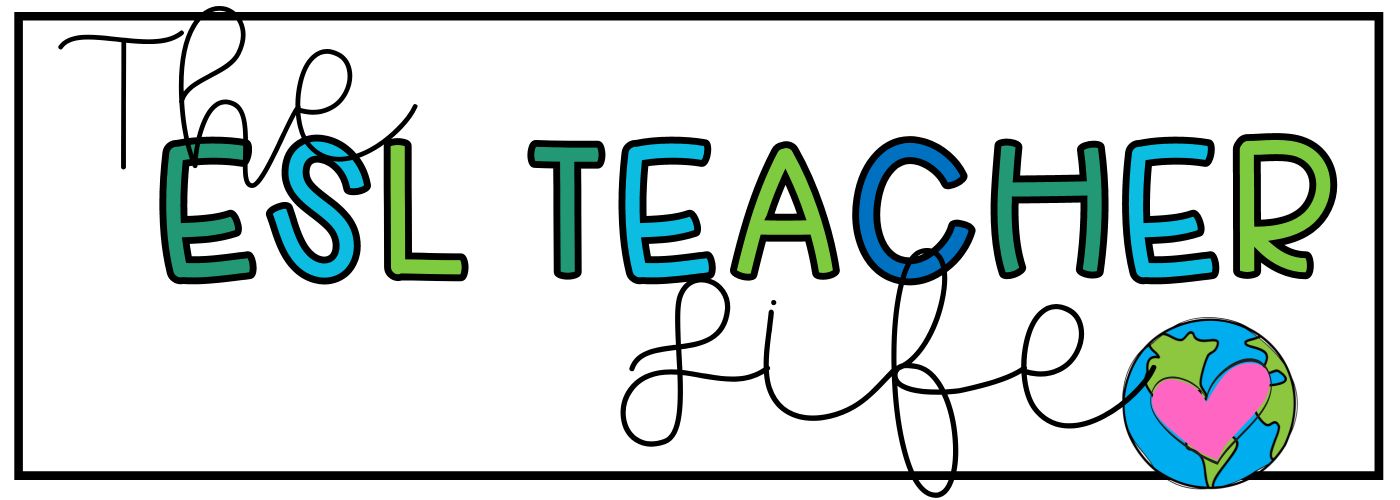
Choose your words, then your activities! Without further ado, here are 3 of my favorite vocabulary activities for ESL:
Activity One - 3 Way Match
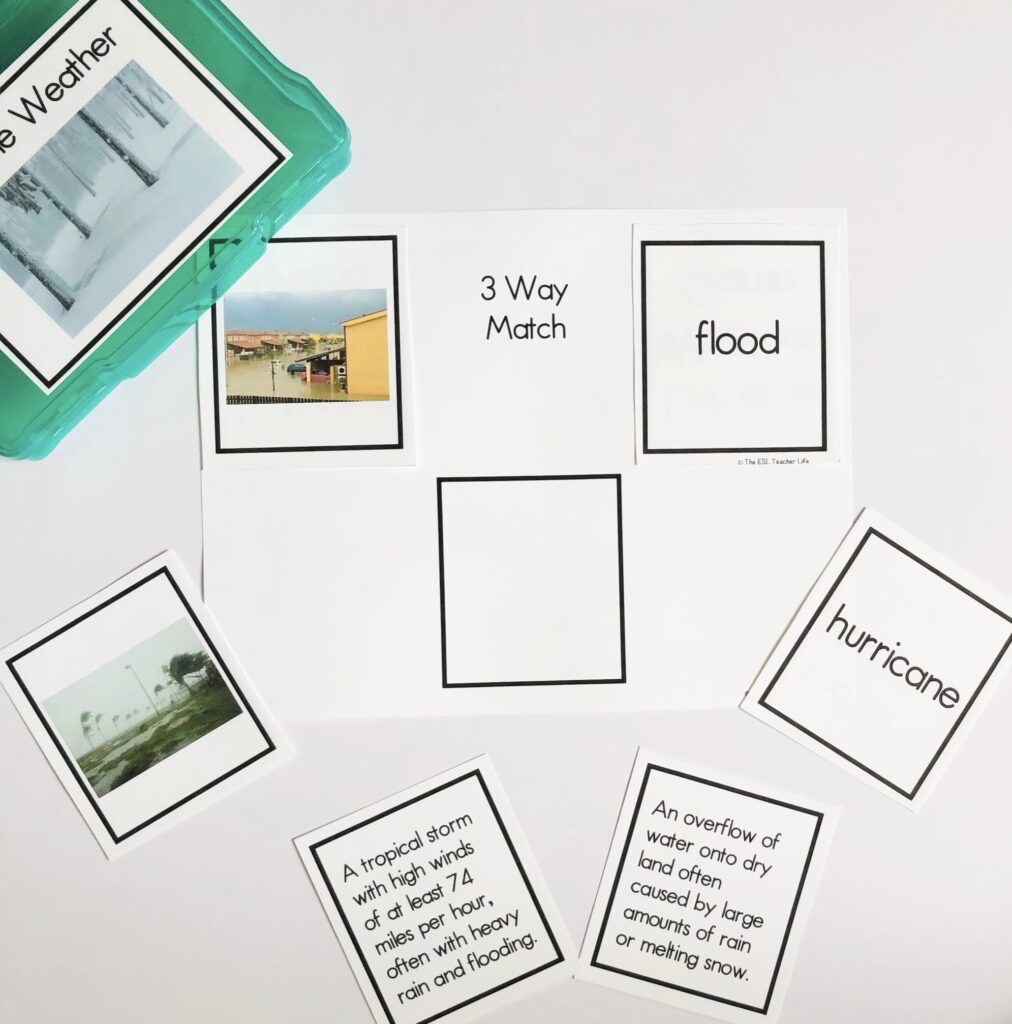
This is a matching game variation to give students more practice with vocabulary. It’s best played in pairs or small groups to give students the opportunity to talk about their choices. I love the integration of speaking and reading here. When groups are done matching, they share their matches for more speaking practice and a chance to explain their answers. (How did you know that was the correct definition?) If needed, this is a good time to clear up misunderstandings.
For a low prep option, put each of the three parts (picture, word, and definition) on index cards and have students match. Older students can make their own and match them during independent work time.
Need a follow-up activity? Have students write their own definition of each term as shown in the example below.
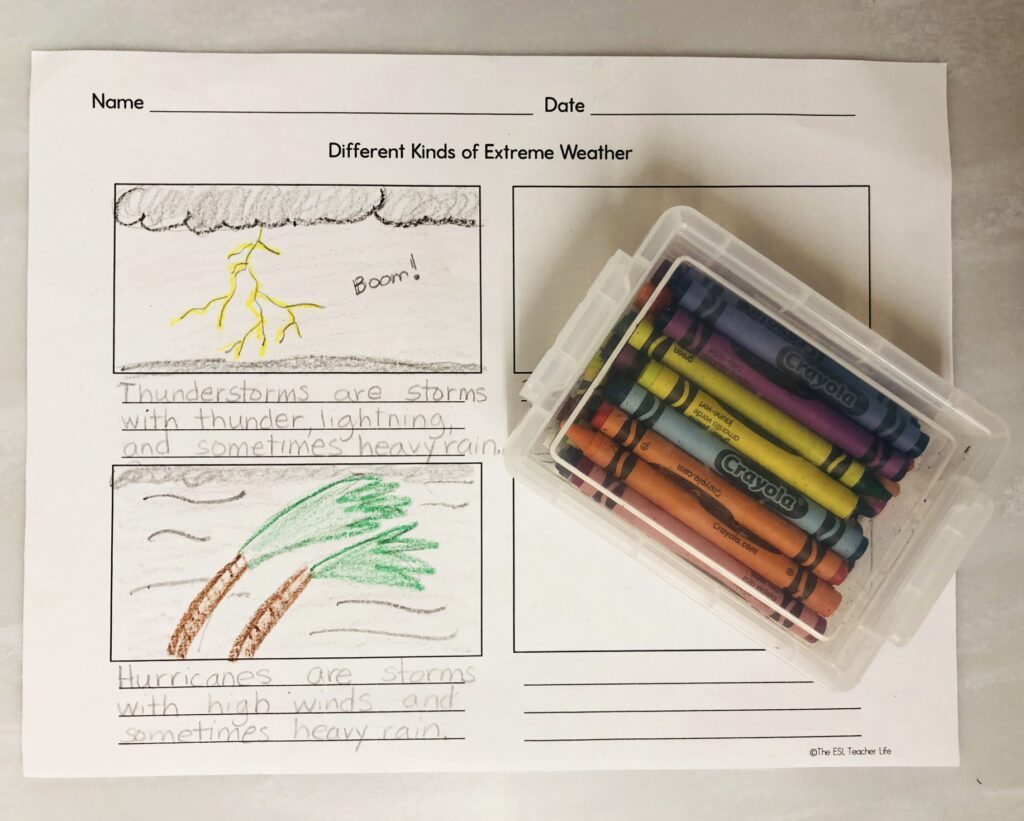
Activity Two - Whiteboard Drawing

This is may be my favorite ultra low prep vocabulary task. It can be used when introducing new vocabulary in a text. I’ll say each word and draw a sketch to explain it. Then students draw their own picture to show their understanding. In one example, the student used a “Minecraft” sketch to show his understanding of “survive.” Another student drew food and water as part of her illustration of the same word.
No whiteboards? No problem! This can be done in writing journals too. Students can also work together in groups on chart paper.
The beauty of this activity is the conversation. We talk about the new words while drawing, and often related words come up. Sometimes it leads to a discussion of multiple meaning words or a similarly pronounced word. Students, for example had heard of “scramble,” meaning “mix up,” like scrambled eggs, but that was not the definition they would see in the text. Rather the meaning was “to move quickly, often on all fours.” A student then drew an animal scrambling across a field after we had discussed the meanings.
While reading the text, students excitedly noted when we came upon the selected words, and we revisited our drawings.
Following reading, students can write original definitions or sentences using the target words.
Activity Three - Sorting
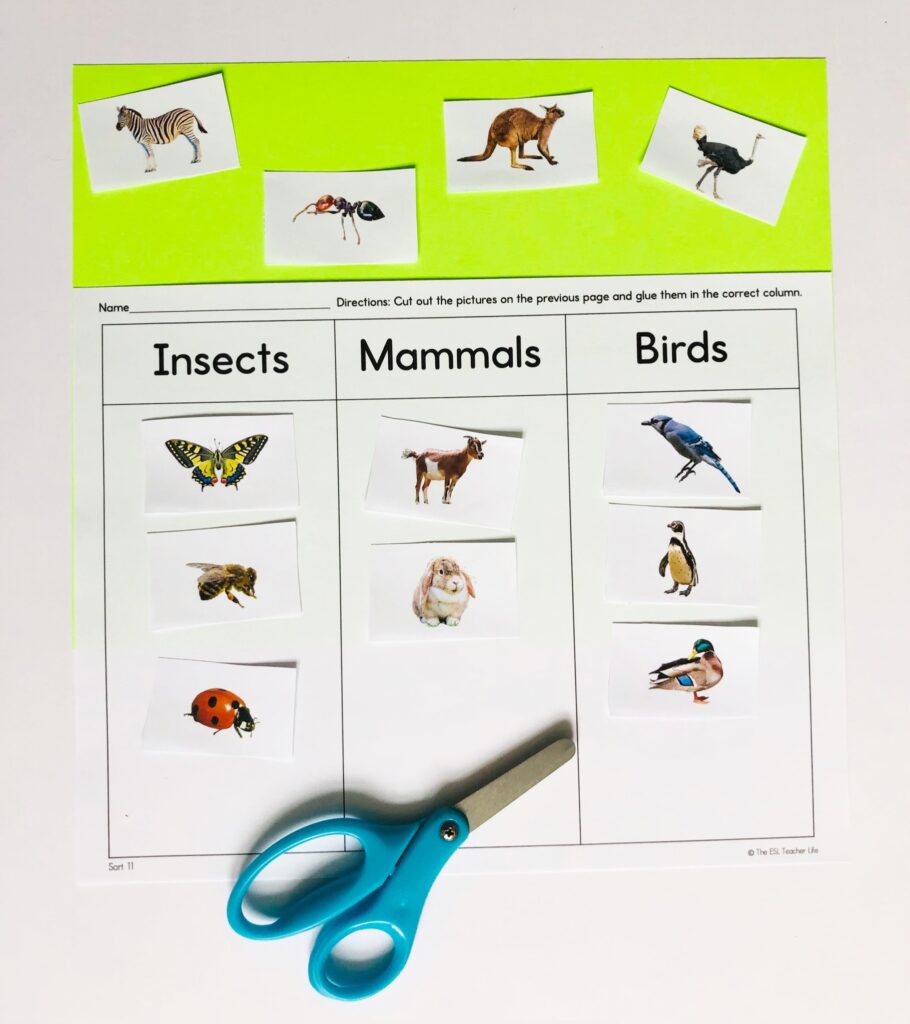
Categorizing words or pictures naturally forces students to think about what they have in common. In this example, students have to understand characteristics of each of the headings. They learn new words as they discuss where each one belongs.
Sentence frames such as, “I know a butterfly is an insect because…” support speaking in complete sentences and more. Students can continue to practice this vocabulary by labeling the pictures.
Most grade levels can do this activity by changing the vocabulary. Examples include Kindergarteners sorting pictures by color or older students sorting Biology terms.
An open-ended version allows students to sort terms in a way that makes sense to them. They can then explain their reasoning and compare with other groups. I love the versatility!
Now you know 3 of my favorite vocabulary activities for ESL. Questions? Comments? Drop those below, and thanks for reading!
Vocabulary Activities for ESL Resources
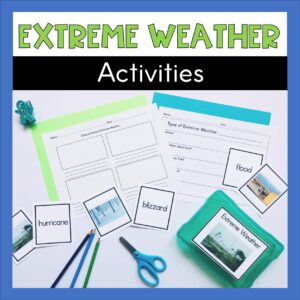

You might also like the
